Week Ending May 22, 2016
/For a third straight week, bird observations remained off the charts as the peak of spring migration was likely met and passed this week across the region. Back Bay NWR remained a warbler hotspot, and Princess Anne WMA’s Beasley Tract continued the trend of offering up great shorebirding; Rudee Inlet provided views of northbound species as well. WEEKLY WEATHER: Strong easterly winds, overcast skies, and precipitation seemed to dominate this third week of May. Temperatures from Monday-Sunday dropped considerably from the previous 7-day timeframe to a daily high of 69.9 degrees F (a 7.1 degree drop from last week’s average); the average daytime lows also dropped, to 56.6 degrees F (a 2.4 degree decrease). Overall, we hit a peak high on Tuesday (17 May) & Saturday (21 May) of 75 degrees F (9 degrees lower than last week), and a low daytime temperature of 48 degrees F, on Monday (16 May). We experienced precipitation on four of the seven days this week, with a total of 0.77 inches of rain. The continuance of winds out of the north and east provided another great week for birds in Virginia Beach, as migration efforts were somewhat stalled until conditions turn more favorable for migrants to continue northward. The passing of a low pressure system to our south on Friday provided a perfect setup of conditions for seawatching heading into the weekend as well, and many birders were able to capitalize on this weather pattern. There was some excellent RARITIES observed this week in the county, so we’ll get into those first! On Monday (16 May) evening while walking the dike system at Princess Anne WMA’s Beasley Tract, an adult PURPLE GALLINULE was observed & photographed (Rob Bielawski). This is the first seemingly-healthy individual of this species that has been observed in Virginia Beach since 1981 according to eBird (though there may be more recent observations just not reported into this database). Some further history on this species, in 2013, a window-strike victim of this species was picked up near Shore Drive by Karen Roberts, rehabilitated, and subsequently released in its typical range far south of here. Also, in Nov 2015, a deceased individual was found at the Oceanfront and identified by Mary Catherine Miguez and along with assistance from Karen Beatty, the specimen was donated to Old Dominion University. Given our past history with this species in Virginia Beach, observing one of these magnificently-colored birds alive & well made for one extremely exciting outing. The individual was observed again on Tuesday morning but then went hidden by Tuesday evening, with no additional re-sightings on Wednesday. However, on Thursday, it was again re-sighted in the early afternoon, and later observed in the evening hours. As of the close of the weekend, the gallinule was last seen early on Saturday morning and though many attempted over the next 36 hours, it could not be found through the rest of the weekend. While out searching for the Purple Gallinule on Tuesday (17 May) morning, a BLACK-NECKED STILT was also observed (James Marcum) and this individual stayed through Sunday, primarily on the northern of the two largest impoundments in the Beasley Tract but also having been observed occasionally to the south. Notably, this was the first of its species to be validated in 2016 for Virginia Beach through eBird though there was a report of one at Back Bay NWR a few weeks ago which sadly provided scant details and therefore was dismissed. Also on Tuesday, though in the evening hours, a trip to Beasley Tract didn’t yield the Purple Gallinule, but a COMMON GALLINULE was observed (Rob Bielawski / Tommy Maloney / Jason Schatti), making this the third rarity in two days to be found within a hundred yards of one another! A photograph submitted to the Hampton Roads Wildlife Enthusiasts Facebook Group yielded a SANDHILL CRANE identity to an individual that was observed (8 May / Ashville Park Boulevard / Suellen Stewart); this is the first of its kind to be reported from Virginia Beach since 1979, though again, there might be other reports out there but none with specific mentions of a date between then and now. This individual could also be the same crane that was observed in Suffolk and Chesapeake over the week or two prior. On Friday (20 May), after a week or so of persistent easterly winds, a first-of-season SOOTY SHEARWATER was observed along the beach at Back Bay NWR (Cathy Williamson & Family). Several more individuals were observed on Saturday (21 May) from Rudee Inlet & Back Bay NWR (Andrew Baldelli & Tracy Tate), and on Sunday a lingering individual was observed and photographed at Back Bay NWR (Andrew Baldelli, Rob Bielawski, Jason Strickland & Tracy Tate). This individual spent most of its time on the water, and could be an injured or weakened bird so it may be prone to be sighted again near shore. It did spend some time gliding, which is encouraging.
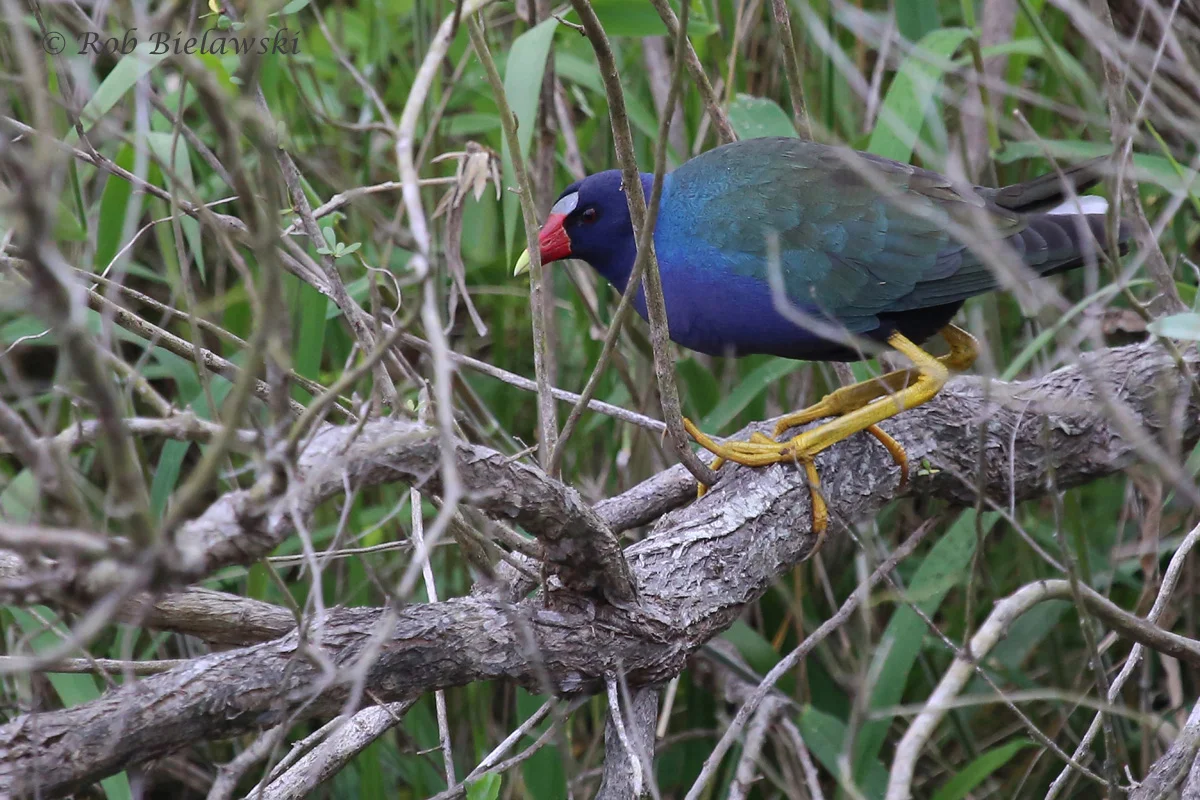
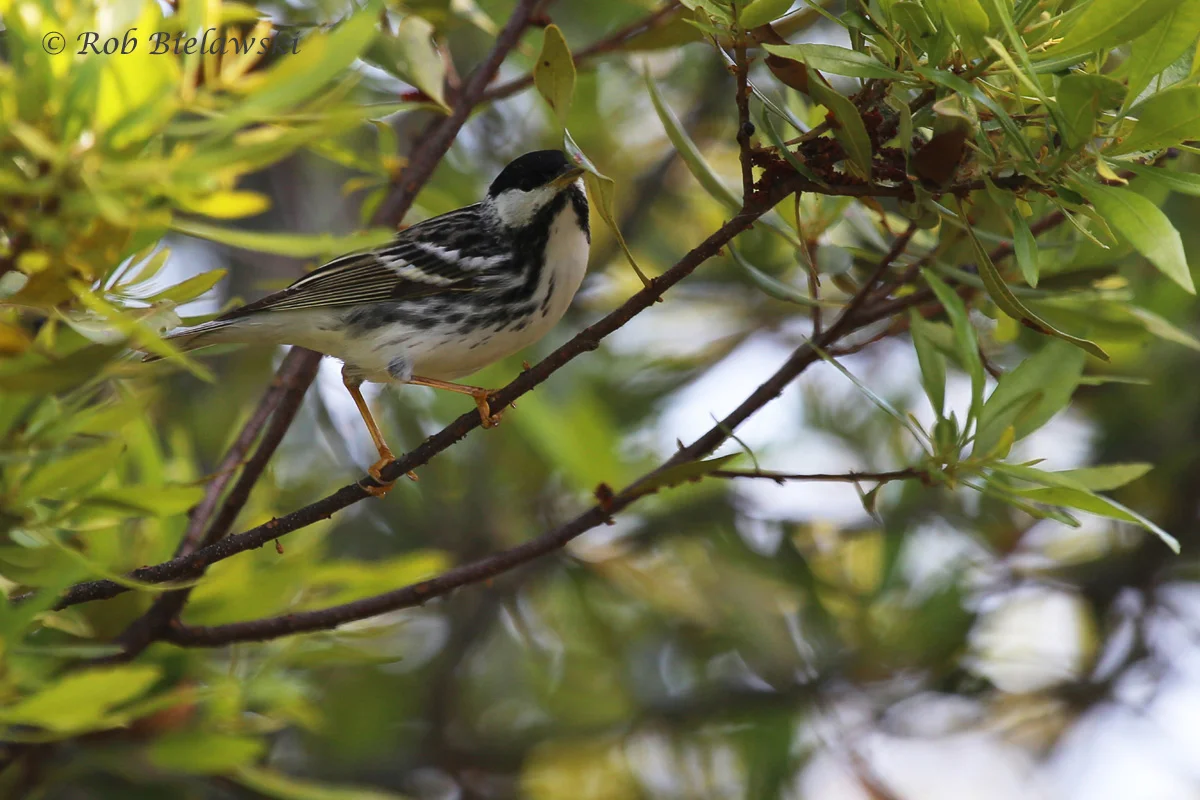
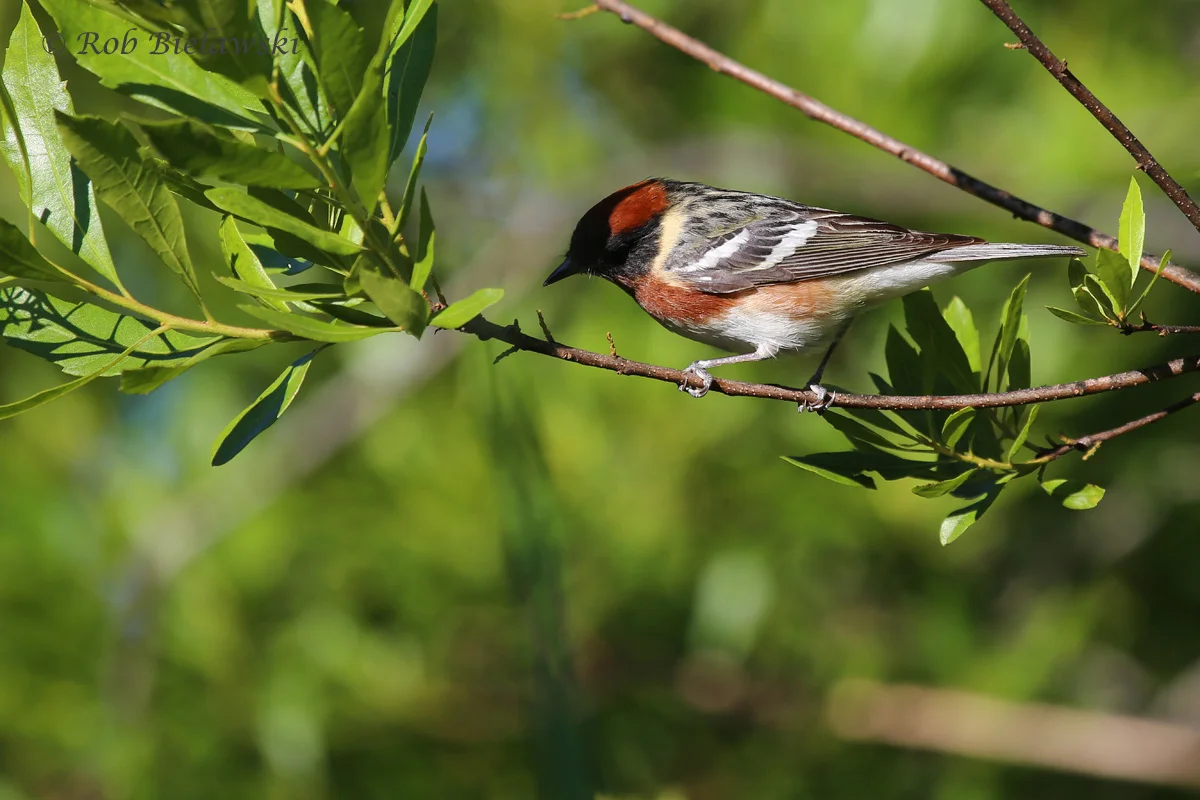
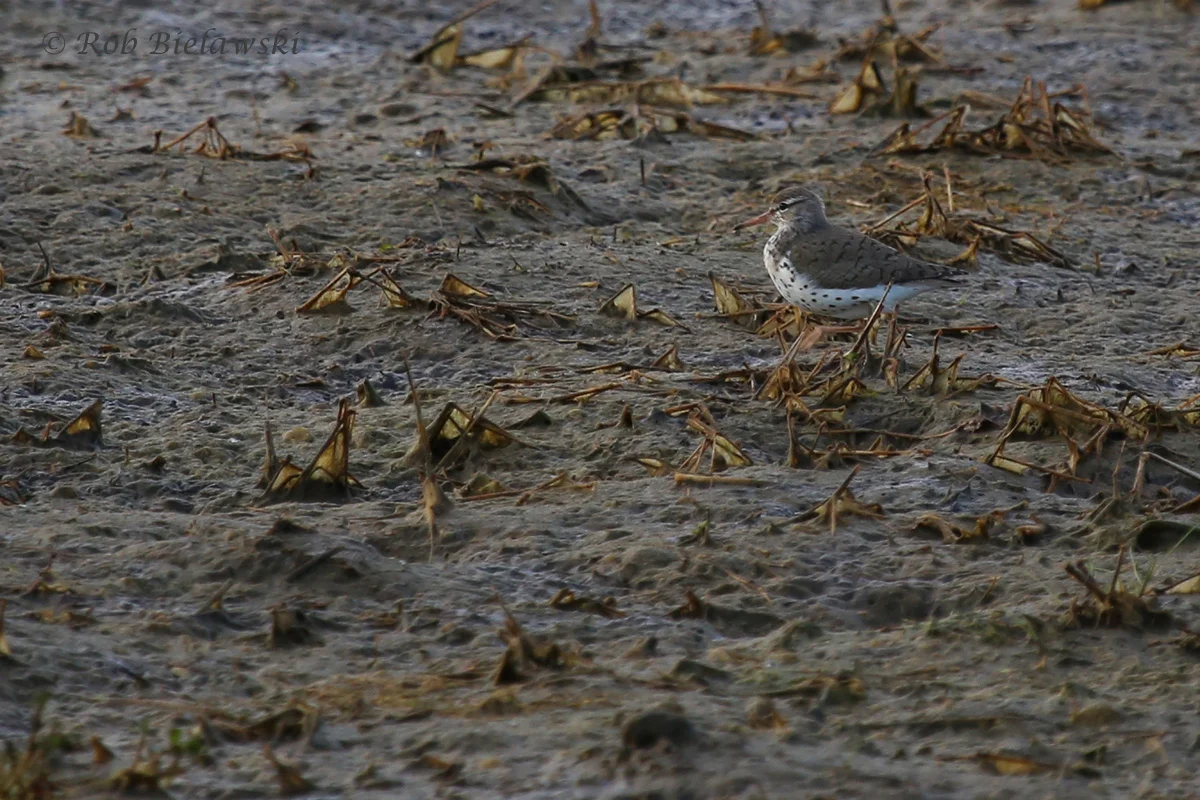
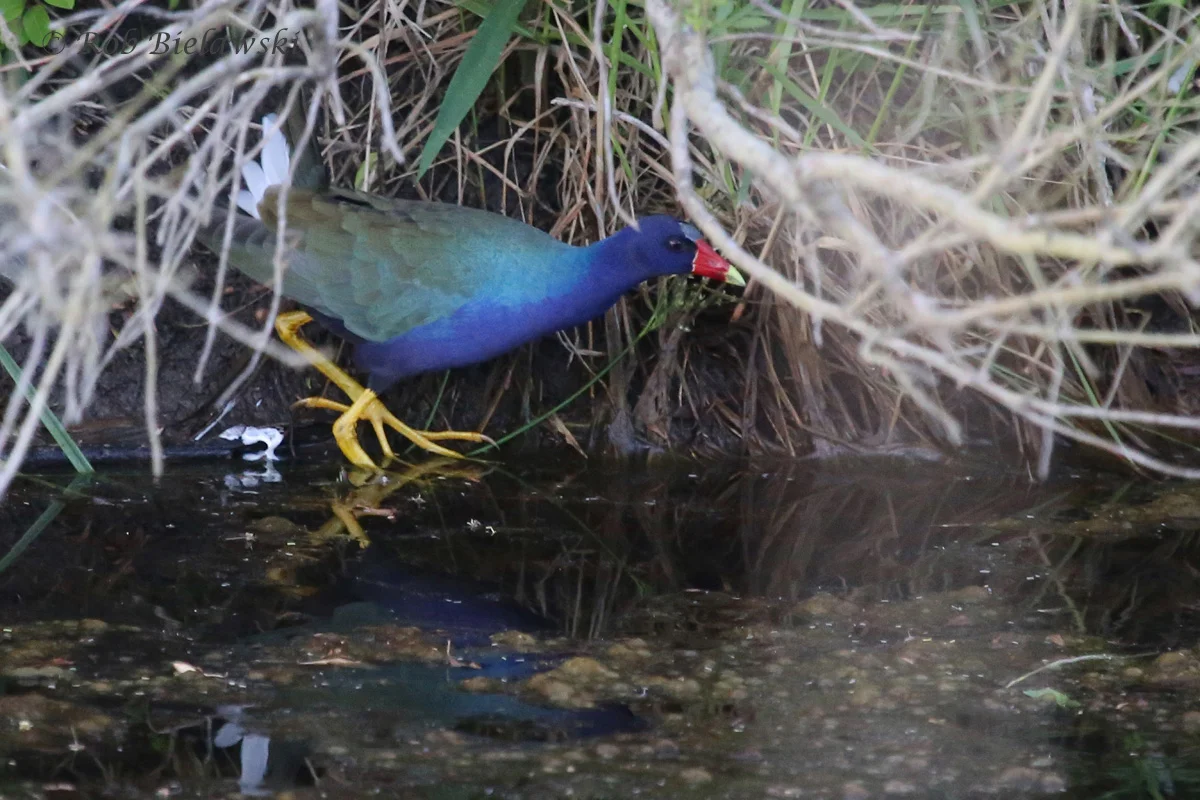
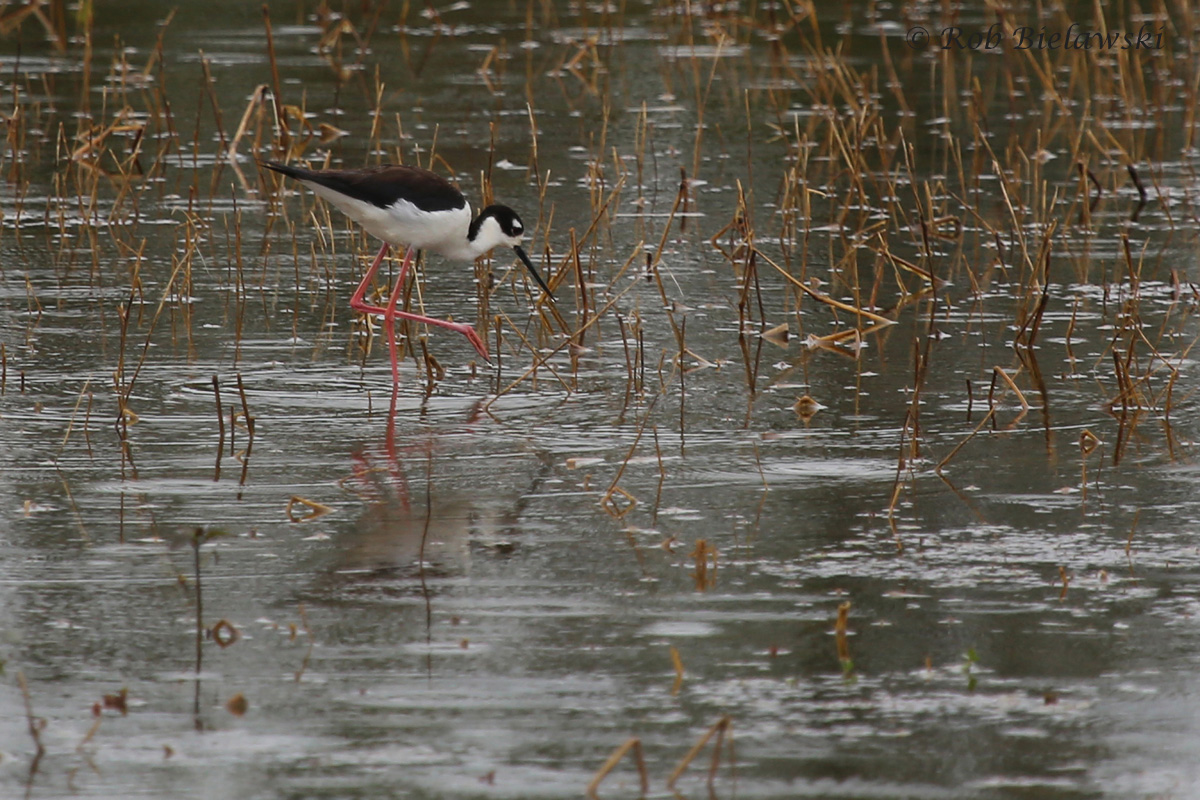
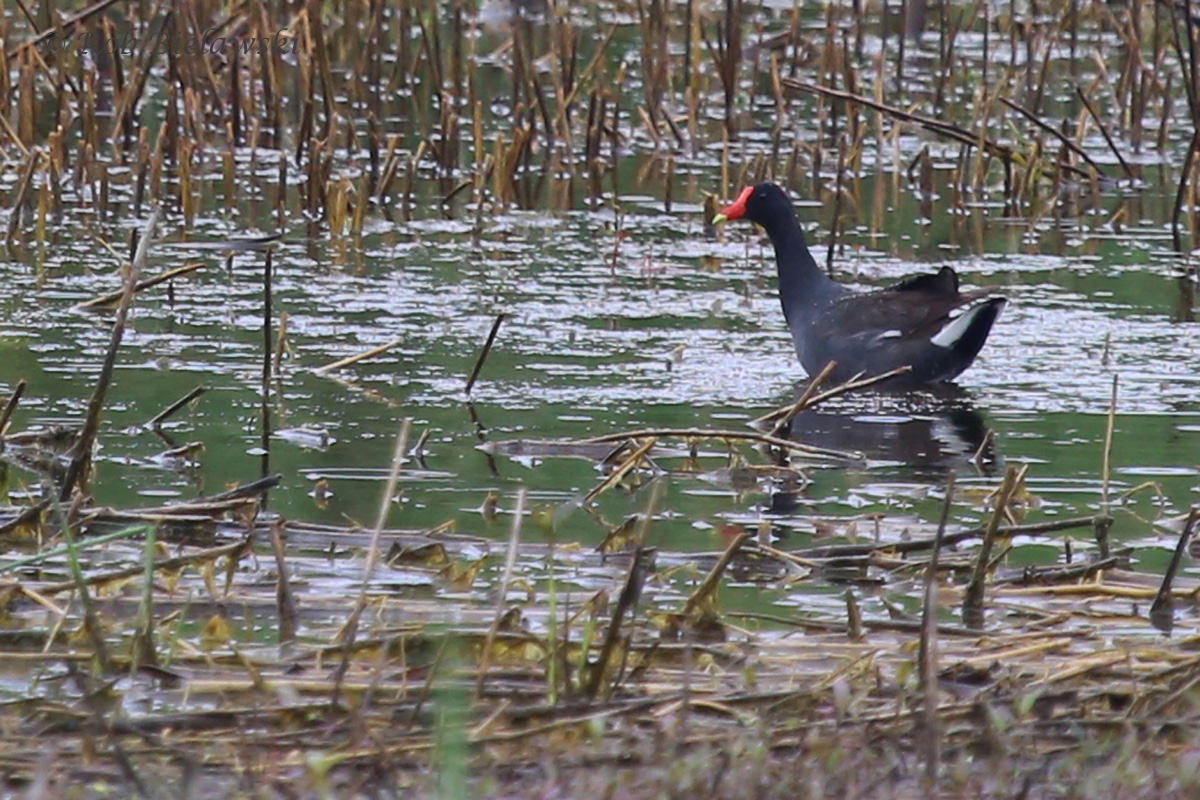
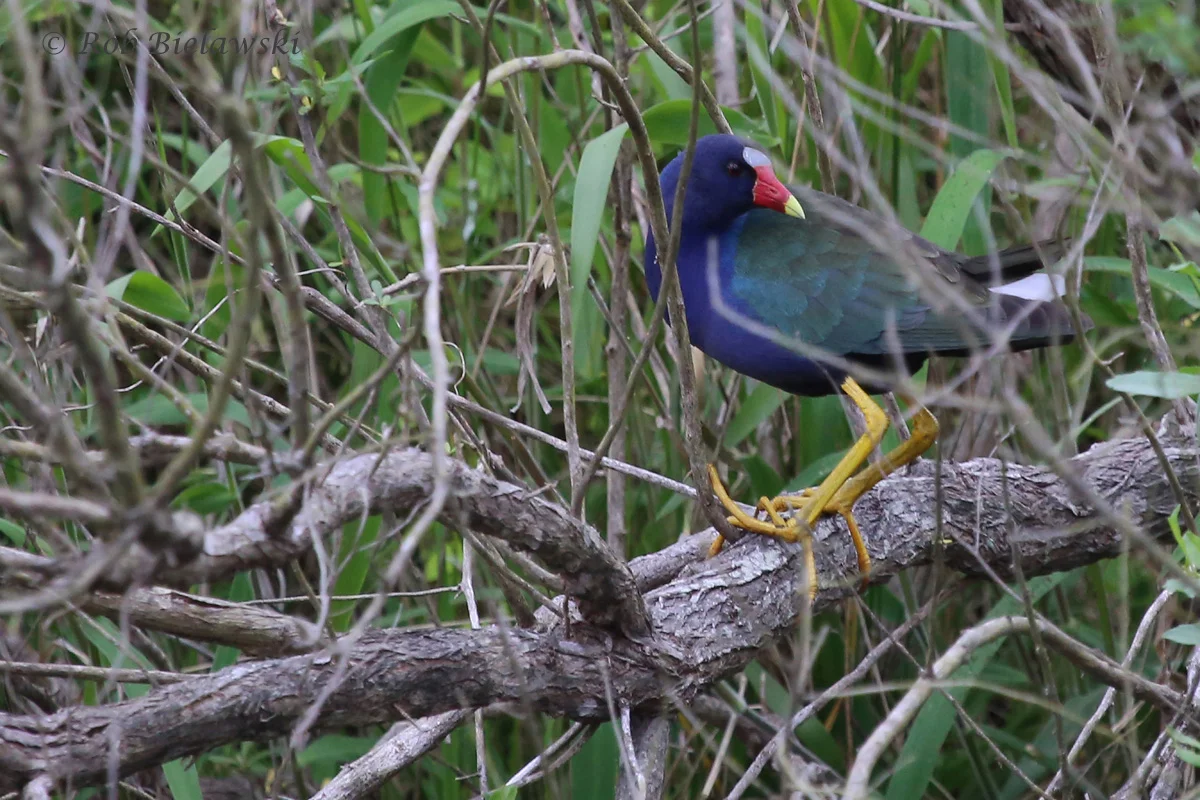
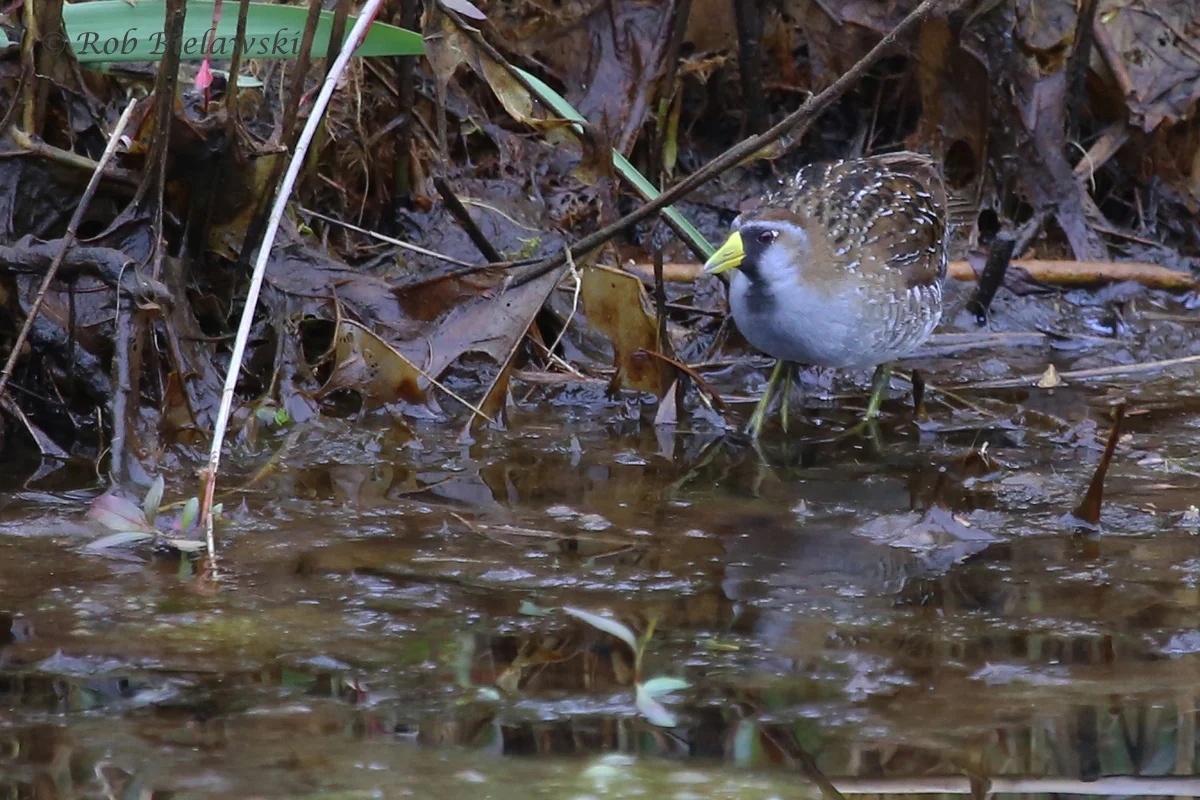

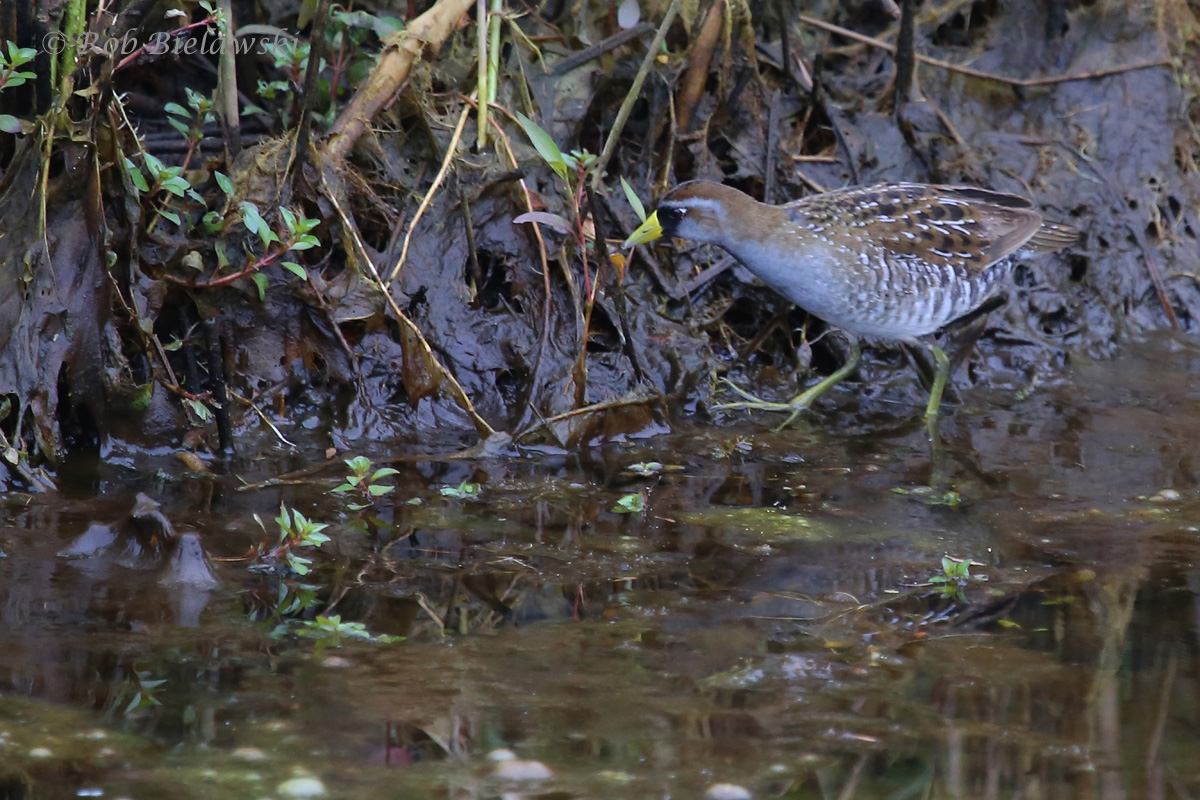
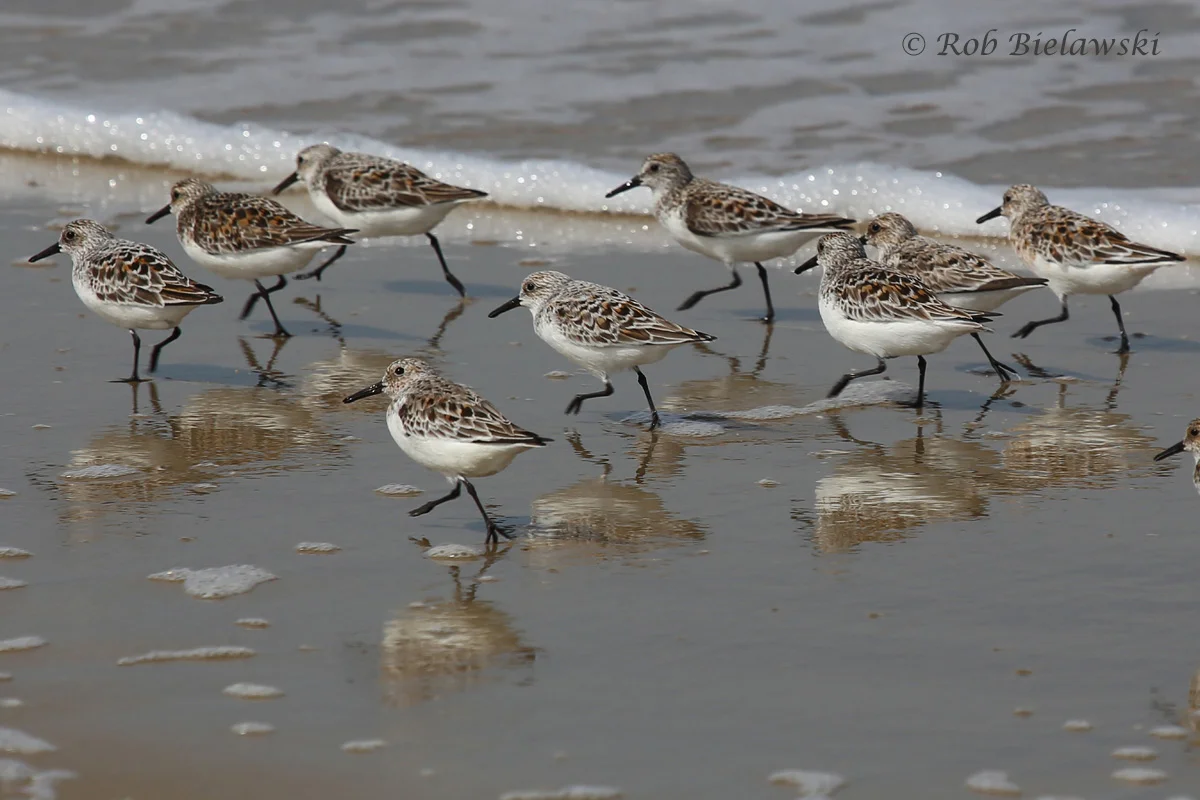
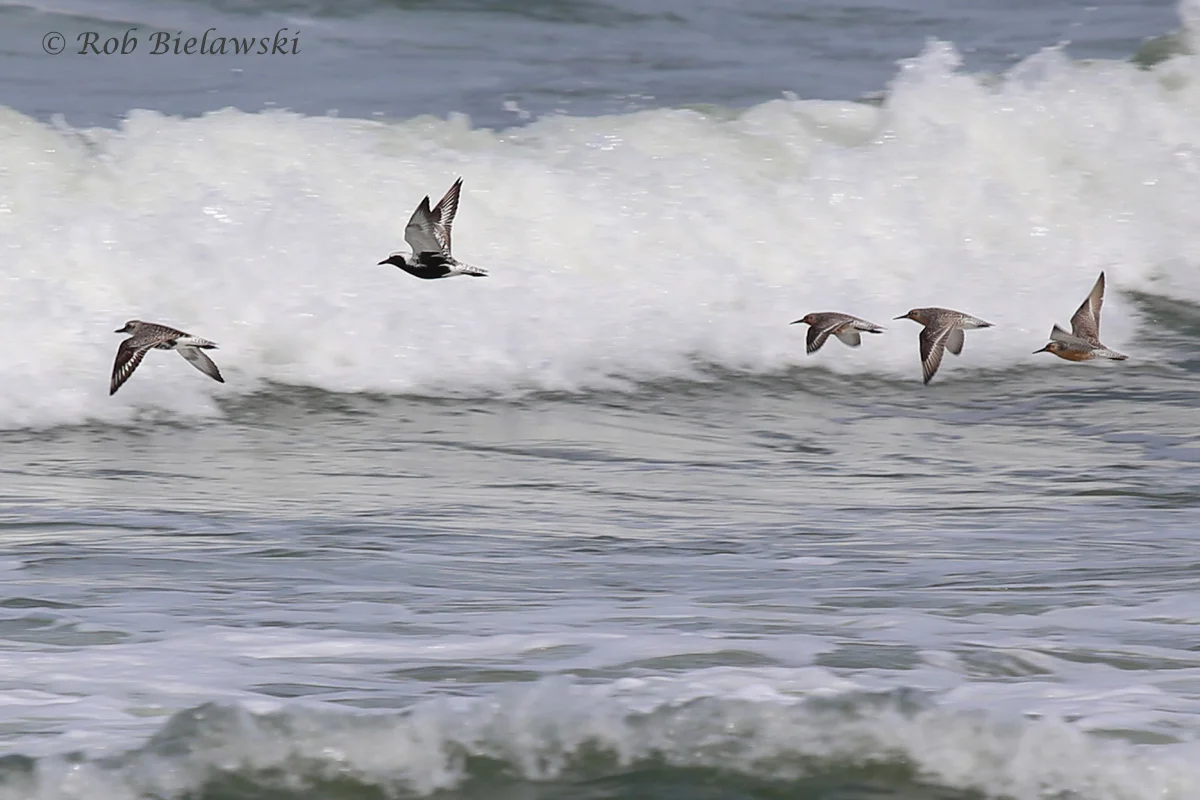
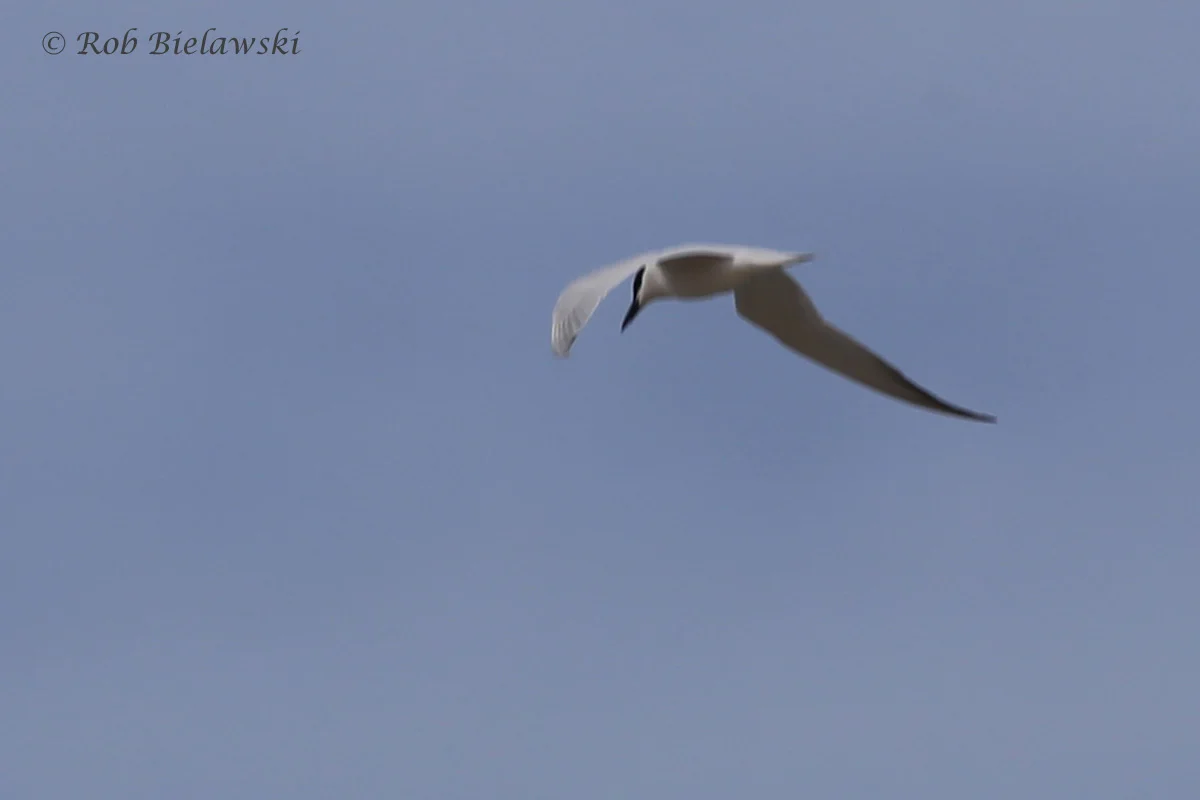
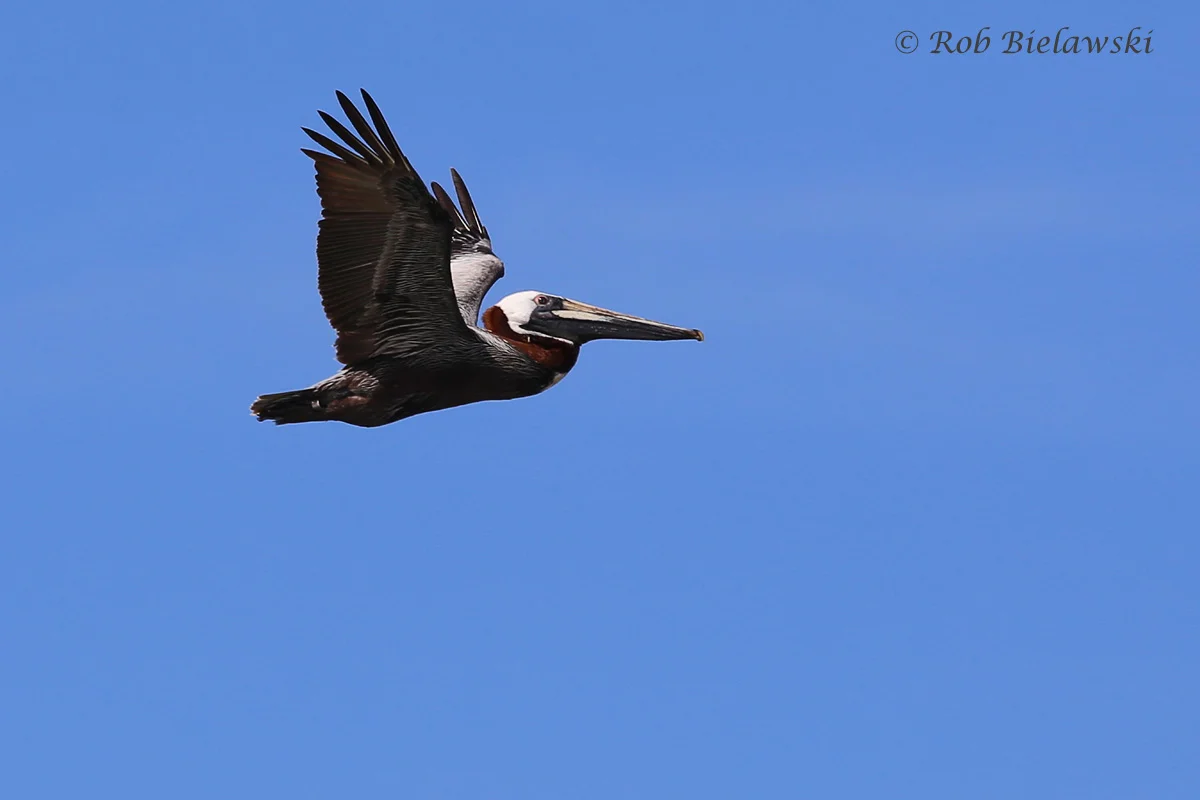

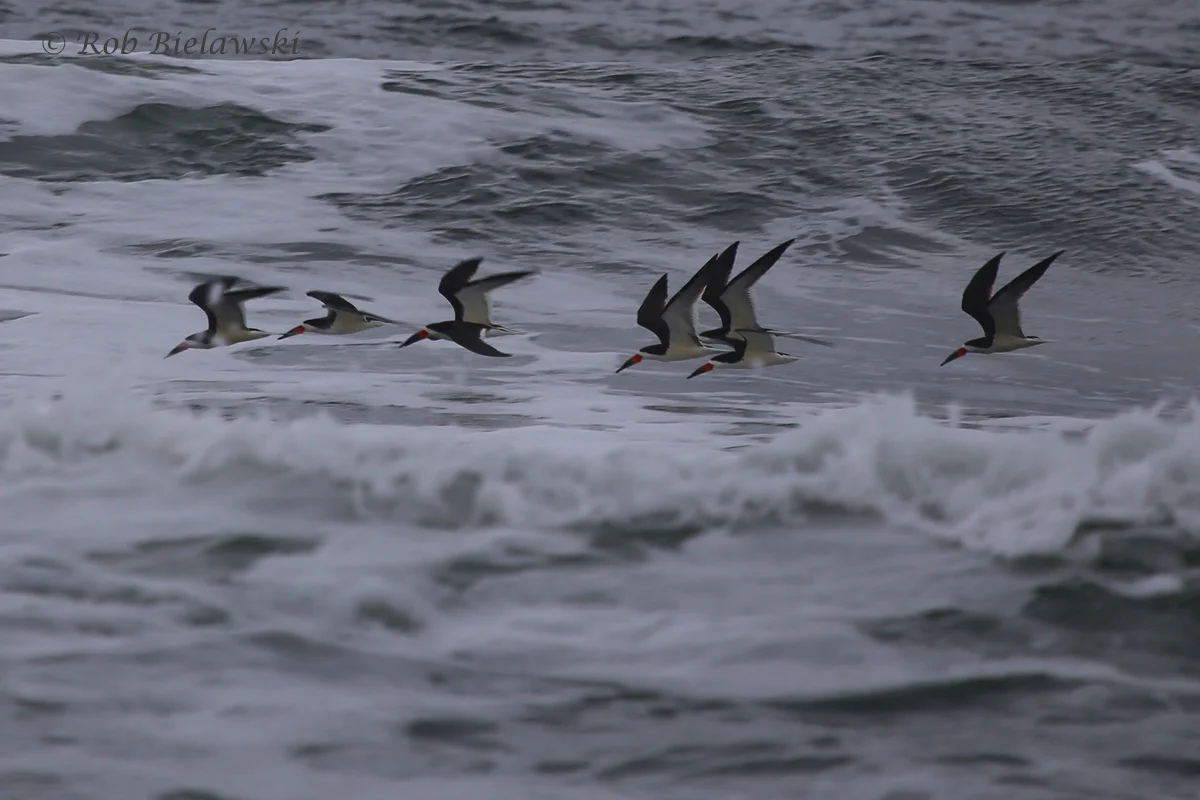
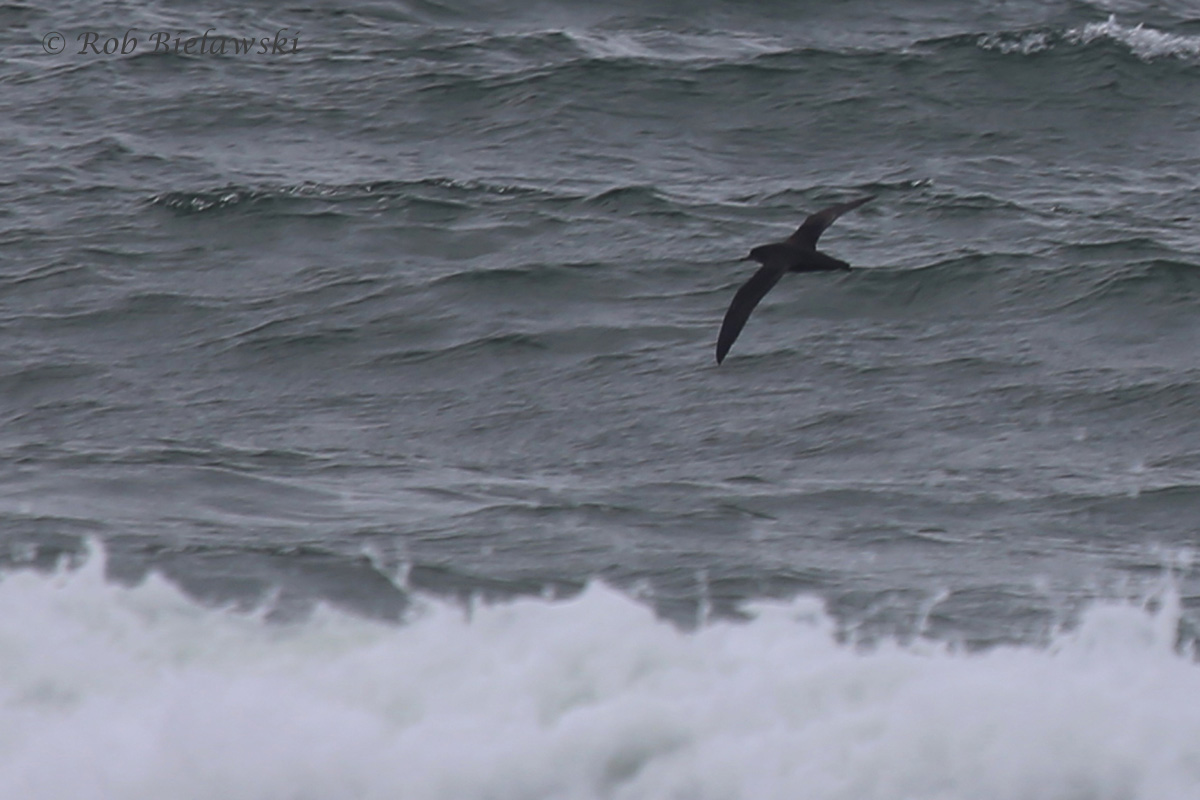

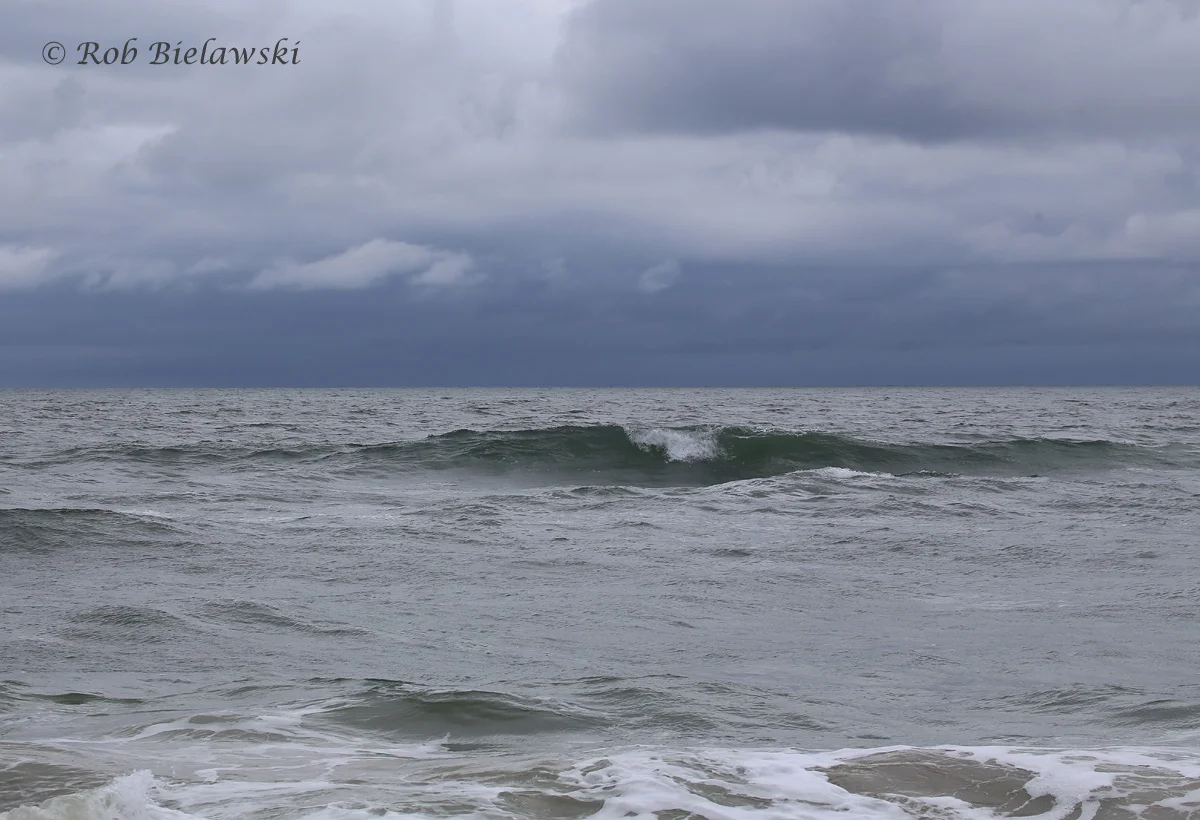
In addition to the aforementioned Purple Gallinule, Black-necked Stilt and Sooty Shearwater, Virginia Beach also saw FIRST-OF-SEASON ARRIVALS and FIRST-OF-YEAR FINDS this week which included: Willow Flycatcher (16 May / Princess Anne WMA / Andrew Baldelli) and a later-than-expected, though still first-of-year, report of an American Woodcock (17 May / Princess Anne WMA / Elisa Flanders). Review flags in eBird were also set off by a few LATE OCCURRENCES, species that have lingered beyond their expected departure dates, including: a single female Bufflehead (last observed 16 May / Princess Anne WMA / Rob Bielawski); a single Northern Shoveler drake (last observed 20 May / Princess Anne WMA / Rexanne Bruno); a Black-throated Green Warbler (last observed 21 May / Back Bay NWR / Rob Bielawski); ); and an individual Pied-billed Grebe (last observed 22 May / Princess Anne WMA / Tracy Tate). Continuing the effort of promoting the use of eBird for observation reporting & media (photo/audio/video) storage, there was a great number of WEEKLY RELEVANT SPECIES DOCUMENTED BY MEDIA submitted for Virginia Beach this week, which included: MONDAY (16 MAY) – Bay-breasted Warbler & Scarlet Tanager (Back Bay NWR / Bob McAlpine); Bay-breasted & Blackpoll Warbler (Back Bay NWR / Rob Bielawski); Mississippi Kite (Burroughs Road / Tracy Tate); Northern Shoveler & Purple Gallinule (Princess Anne WMA / Rob Bielawski); TUESDAY (17 MAY) – Northern Shoveler, Purple Gallinule & Black-necked Stilt (Princess Anne WMA / Kim Harrell); Northern Shoveler, Purple Gallinule & Black-necked Stilt (Princess Anne WMA / Robert Ake); Common Gallinule & Black-necked Stilt (Princess Anne WMA / Rob Bielawski); WEDNESDAY (18 MAY) – Northern Shoveler & Black-necked Stilt (Princess Anne WMA / Jason Strickland); Northern Shoveler (Princess Anne WMA / David Gibson); Solitary Sandpiper & Yellow Warbler (Princess Anne WMA / David Gibson); THURSDAY (19 MAY) – Sora, Purple Gallinule & Black-necked Stilt (Princess Anne WMA / Todd Day); Sora, Purple Gallinule & Black-necked Stilt (Princess Anne WMA / Rob Bielawski); FRIDAY (20 MAY) – Red Knot, Gull-billed Tern & Black-throated Green Warbler (Back Bay NWR / Rob Bielawski); SATURDAY (21 MAY) – White-rumped Sandpiper (Princess Anne WMA / James Fox); Black-necked Stilt (Princess Anne WMA / Jason Strickland); Mississippi Kite (Burroughs Road / Rob & Ruth Bielawski); and SUNDAY (22 MAY) – Sooty Shearwater (Back Bay NWR / Rob Bielawski & Jason Strickland); Cattle Egret (Princess Anne WMA / Lisa Rose); Baltimore Oriole (Back Bay NWR / Steve Myers); Blackpoll Warbler (Back Bay NWR / Daniel Carlson). With the third week of May coming to a close, migration for songbirds should now be on the downswing, however, there are still plenty of great birds out there to observe. Shorebirds are still moving through in force, and depending on the wind directions, the next week could continue the very fruitful trend we have all enjoyed over the past three weeks!
Next Week's Blog | Blog Index | Previous Week's Blog
The above listing of observations has been compiled using publicly displayed information submitted to www.eBird.org. This Weekly Birding Blog runs on a schedule of Monday through Sunday year-round. If you would like your photographs or sightings to be included in the Blog, please ensure your observation is reported to eBird by the end of day Sunday. During the spring months (Mar/Apr/May), ‘relevant media’ typically refers to rarities and transients, and first arrivals of breeding species. For more information on these types of species, please visit the Distribution section of the website, which can be accessed on the black toolbar above this blog & just below the page banner. Also, any rarities mentioned will also be added to the Noteworthy Observations listed, which can also be found under the Distribution heading above.